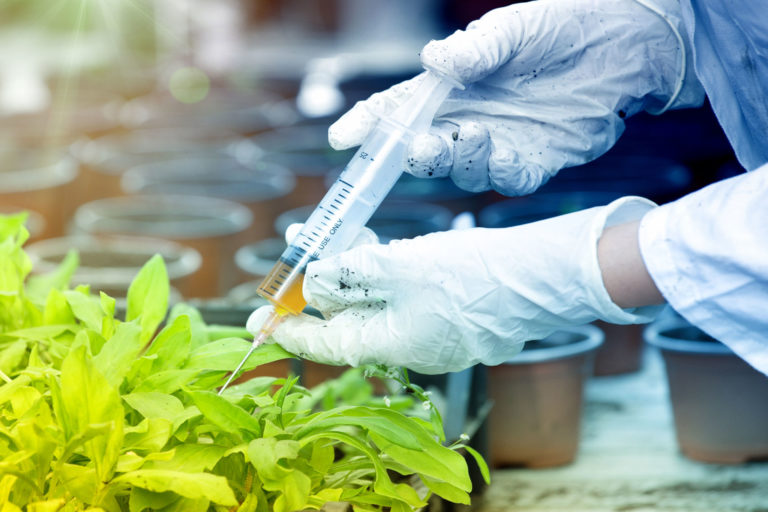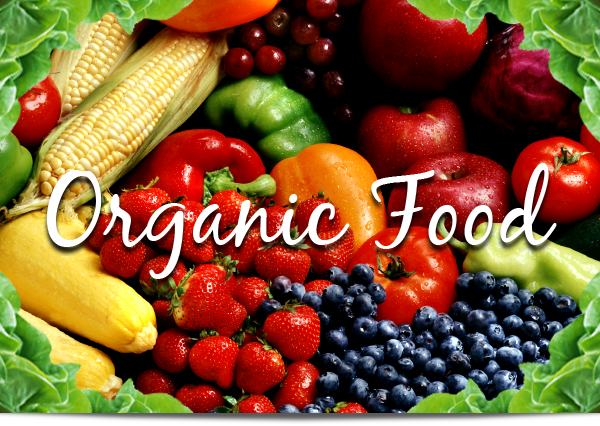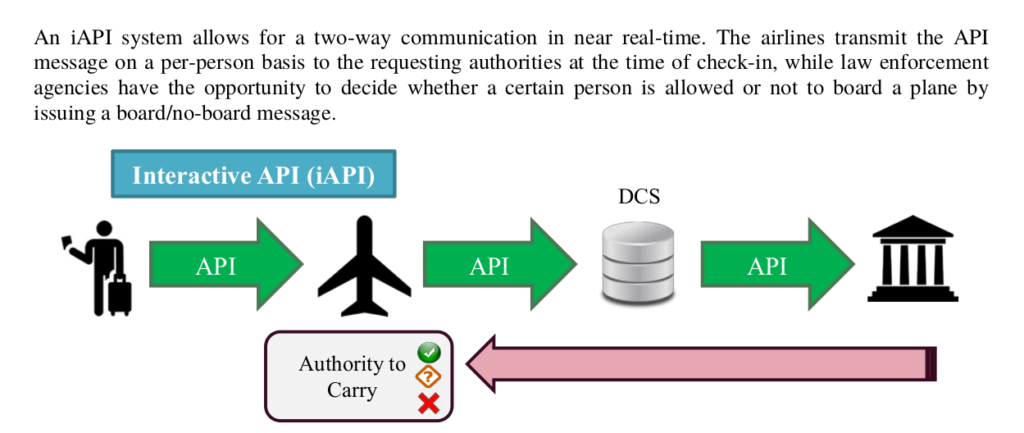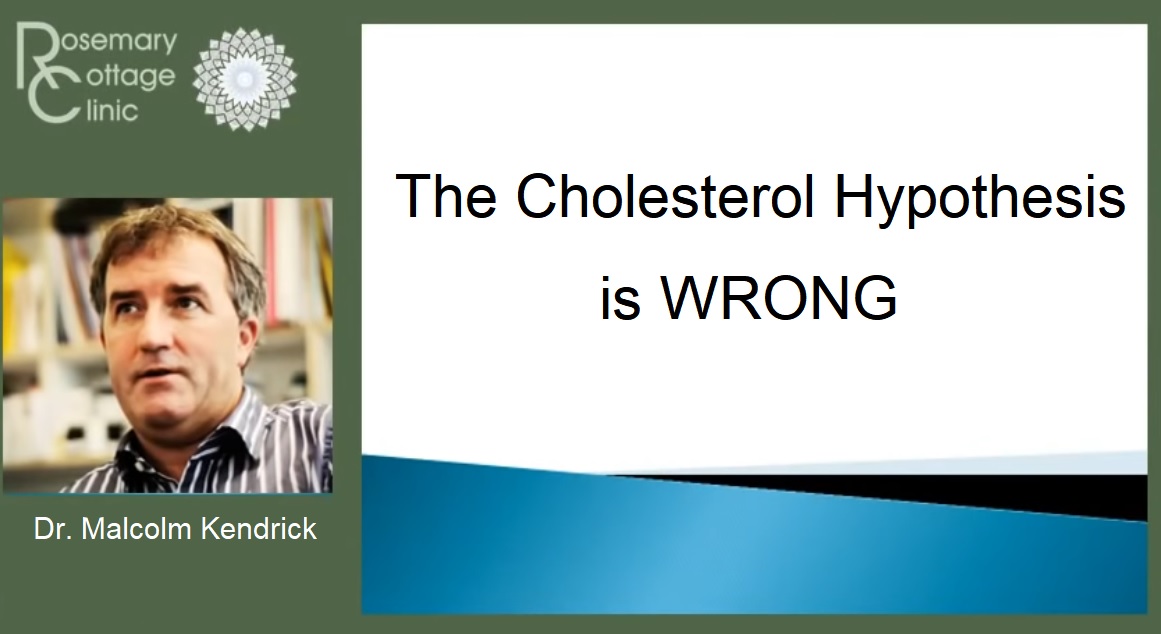 By Scott C. Tips
By Scott C. Tips
The following is excerpts from an original article by: Whole Foods Magazine
As most of you already know, the Codex Alimentarius Commission and its various committees spread throughout the World establish food standards and guidelines after an eight-step process of consideration and debate that are then usually adopted by the Codex member states. The Codex Nutrition Committee is just one of the many committees that develop these food standards and guidelines. It is also one of the committees with the most controversial issues.
Biofortification
Biofortification is a method of increasing certain vitamin and mineral content of basic food crops by the time-honored, conventional way of cross-breeding, and not through genetic engineering. Harvest Plus, the company behind biofortification, will for example increase the vitamin or iron content of sweet potatoes so that malnourished populations in developing nations will receive better nutrition. This is a very admirable goal, although I have argued at these meetings that perhaps it’s an unnecessary one if farmers would simply employ the proper farming techniques to prevent soil depletion and along with it the vitamin and mineral content of the foods grown in that soil.
For the last several years, the Codex Nutrition Committee has been crafting a definition for Biofortification. That definition would then be used uniformly around the World to apply to those foods conventionally fortified with higher levels of nutrients and everyone would be on the same page whenever the term “biofortified” was used. Indeed, the National Health Federation (NHF), a health-freedom organization accredited by Codex to participate in its meetings and the one whose delegation I led there, was an early supporter at Codex of this definition.
We have already gone through the sordid history, in detail, of how the draft definition of Biofortification had been infused with the disease of GMOs.1 I won’t repeat that history here. Just know that, now, the term Biofortification will have huge ramifications for the entire world. If the pro-GMO forces can succeed in continuing to hide their genetic-engineered foods within the definition of Biofortification and in using its appealing, natural-sounding name to sell their GMO foods, then consumers will be deceived on a worldwide scale.
The term “Biofortification,” at least within European countries, risks consumer confusion as to whether they are purchasing organic products or something else entirely. If Codex were to allow “any method of production” and “any source” to be part of the Biofortification definition, then Codex would be promoting marketing deception of the worst sort. Most consumers want GM foods labelled. In fact, consumer polls across the World have shown this to be true. In the United States alone, some 90% of consumers want such labeling and yet, here, the current, proposed definition will disguise GM foods under the term Biofortification. That is dishonest, disgraceful, and makes a mockery of Codex and its pretensions to credibility and transparency.
Read the entire article here: https://www.naturalblaze.com/2019/01/gmo-foods-will-soon-be-mislabeled-as-biofortified.html
 By B.N. Frank
By B.N. Frank
 By Jon Queally
By Jon Queally By: Tracey Watson
By: Tracey Watson By MassPrivateI
By MassPrivateI
 By:
By: 
 By Brian Shilhavy
By Brian Shilhavy By
By 